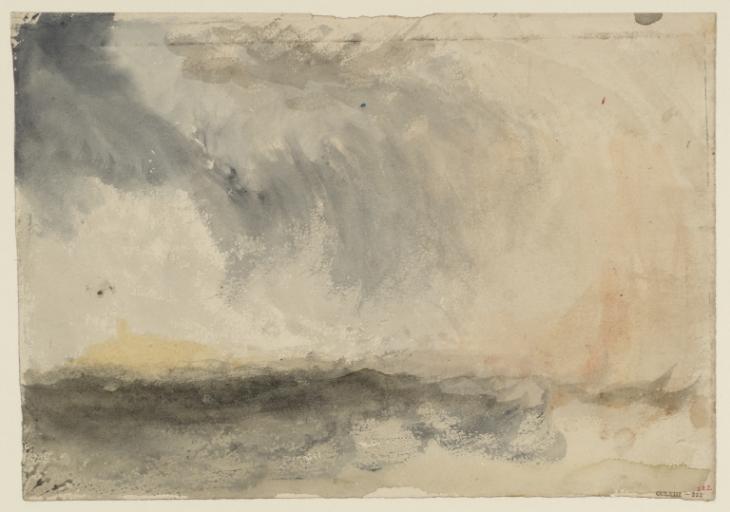Exhibition history
References
How to cite
Alice Rylance-Watson, ‘Mount Batten Point across Plymouth Sound c.1822–8 by Joseph Mallord William Turner’, catalogue entry, March 2013, in David Blayney Brown (ed.), J.M.W. Turner: Sketchbooks, Drawings and Watercolours, Tate Research Publication, September 2014, https://www

